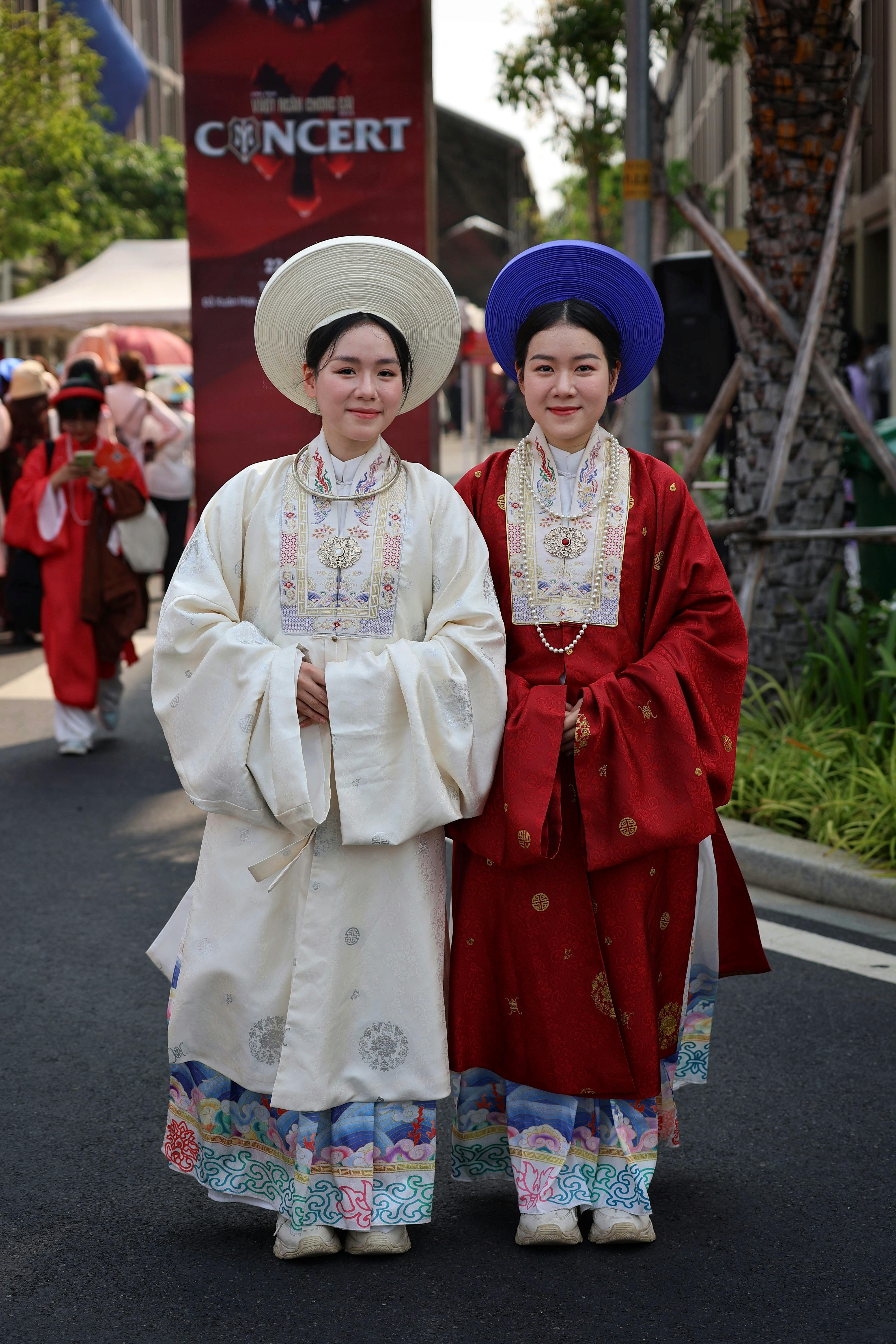How K-Pop Became a Global Music Superpower: Inside the World’s Most Famous Pop Revolution
Back in the mid-2000s, I’ll admit: If someone had told me that Korean pop—“K-pop”—would end up outpacing even some of America’s biggest chart-toppers, I would have raised an eyebrow. Sure, I’d caught a bit of BoA or Rain on late-night cable, and even then you could feel the restless energy beneath the surface. Still, if you’d asked anyone in my generation whether K-pop would become a global touchstone, with stadium-sized concerts and fandoms stretching from Chile to Cairo, the response would have been—let’s be honest—a hard “not likely.” Yet here we are. K-pop isn’t just another genre; it’s arguably the most famous music export of the last two decades1.
So, what happened? How did a local Seoul scene become a tidal wave the world simply couldn’t ignore? Here’s the thing: The story of K-pop’s rise is more labyrinthine, emotional, and nuanced than any pop chorus hook. This isn’t just about chart numbers (though, trust me, the numbers are staggering2), catchy beats, or fashion trends. It’s a whirlwind—culture, business, digital savvy, government ambition, and a collision of east-meets-west creativity. And within that, real lives: Idol trainees living in dorms, global fans “stanning” together on Twitter, industry leaders making and breaking the rules as they go.
Let’s step back for a second. Why does this story even matter? Not just because K-pop makes headlines—though BTS, Blackpink, and NewJeans have definitely shifted the global pop music conversation. Rather, it’s about how K-pop has forced all of us (music fans, industry pros, everyday people) to reconsider what “mainstream” popularity means in our hyper-connected, algorithm-driven world. In part, the degree to which K-pop became one of the most famous music movements is a mirror reflecting how quickly a “regional” subculture can go global.
K-Pop Origins: From Hallyu to Global Wave
When I first heard the term “Hallyu” (literally, the “Korean Wave”), I thought it was just about TV dramas and a mild curiosity about Korean fashion. Turns out, in the late ‘90s and early 2000s, that “wave” was already building momentum far beyond Korean shores3. What’s wild is that it began as a confluence of seemingly small events: a few drama series becoming unexpectedly popular in China and Southeast Asia, Korean films winning critics’ hearts at Cannes, and, crucially, the first generation of pop acts—think H.O.T., Sechs Kies, and S.E.S.—making an impact abroad against all odds.
What really strikes me: the K-pop model didn’t develop in a vacuum. There were layers. First, the collapse of Korea’s dictatorial regimes in the late ‘80s opened new creative freedoms. Then, as major entertainment conglomerates (SM, JYP, YG, later Big Hit) emerged, they started with local ambitions—yet always with one wary eye on the wider world. By the early 2000s, Korean pop acts were already touring Asia, embedding themselves in the nascent digital worlds of online bulletin boards and Napster-era music sharing.
In other words, K-pop wasn’t simply “discovered” by the West; it was engineered to travel. Yet, honest question: How many Westerners were dialed-in before Psy’s “Gangnam Style” obliterated YouTube records? Not many. Even then, those of us paying close attention realized… this was just the start.
Inside the Idol System: Training, Branding, Reality
Let me clarify something: The “idol system” gets mythologized—a lot. When you speak to people outside Korea, the first reaction is usually either awe (“Aren’t they so talented and disciplined?”) or concern (“I heard they’re all controlled and miserable”). Both reactions miss the mark, at least partly. If you’ve never seen how an idol group is really built from scratch, it’s easy to view the whole thing as sterile or manufactured. The truth? It’s infinitely more complicated, and quite a bit more human than critics let on5.
Idol training is, without exaggeration, a grind. I remember interviewing a former trainee who described 14-hour days split between vocal classes, choreography, language learning, and image coaching. Every trainee knows the odds: only a handful debut each year, and even fewer make it big. The rest? Many return to “normal” life—often with life skills and, frankly, some emotional scars.
- Rigorous selection and casting—sometimes thousands audition per slot
- Multi-year in-house training—singing, dancing, languages, variety show etiquette
- Early fan engagement—live streams, performance teasers, social media “diaries”
- Constant feedback—image, voice, choreography adjusted to fan sentiment
What I should have mentioned first: branding isn’t an afterthought in K-pop—it’s the engine. Every debut is a coordinated rollout. The music? It’s just one component of a multi-platform “concept”—relatable personalities, tightly-timed visuals, even signature scents and “universe lore” for dedicated fandoms6. It can sound a bit bonkers, but if you’ve followed one of these launches (I sat in on a Blackpink debut “comeback” cycle in 2018), the narrative engineering is honestly impressive.
How Technology Fueled K-Pop’s Globalization
Meanwhile, the rest of the music industry was worrying about illegal downloads—Ironic, right? Because Korean entertainment execs saw digital distribution as a trampoline, not a trap. Korea’s broadband boom in the early 2000s (still among the fastest in the world today) allowed K-pop companies to experiment with online fan engagement, music video premieres, and even real-time fan voting7.
Skip ahead to the post-YouTube era: “Gangnam Style” exploded in 2012, but it was SNSD, Super Junior, Wonder Girls, and 2NE1 who laid the digital groundwork with clever use of early Twitter, YouTube, and eventually Instagram. These days, the global fan “army” is built on TikTok trends, instant V-Lives, and English-subtitled behind-the-scenes content.
| Technology | K-Pop Utilization | Impact | Example Acts |
|---|---|---|---|
| YouTube | MV releases, teasers, vlogs | Viral hits, international exposure | Psy, BTS |
| Twitter/Instagram | Real-time fan comms, promo | Global trends, fan debates | Blackpink, Monsta X |
| V-Live/TikTok | Live chats, dance challenges | Fandom growth, meme culture | Stray Kids, ITZY |
| Streaming Platforms | Global album distribution | Billboard/HOT100 entries, chart dominance | BTS, Twice |
Here’s a twist: I assumed early on that language barriers would limit K-pop’s reach. Not so much. Instead, the mix of Korean with English “catchphrases,” plus accessible choreography and fast subtitles, has made the music more inviting. The more I consider it, perhaps digital linguistics—aided by algorithms and localization trends—has been its secret sauce8.
Actually, before we move on: Social media did what traditional agencies could never have pulled off—democratized taste. Suddenly, teens in Brazil or the UAE had a say; their memes, fan cams, and reactions powered real, chart-moving decisions. It’s as much about community as music, and that changed everything.

Fan Culture: The True Power Behind the K-Pop Phenomenon
Okay, let’s step back. Behind every screaming concert crowd, every “stream party” on Spotify, every trending YouTube challenge—there’s a fan network spinning all the plates. To call K-pop fans “dedicated” is like calling the Pacific “damp.” It barely scratches the surface. Did you know the BTS ARMY alone has organized global charity campaigns, subway ad takeovers, and even fundraising for disaster relief? This isn’t just passive consumption. It’s participatory, boundary-blurring, and, occasionally, a little bit mind-boggling9.
- Streaming coordination: Fans synchronize Spotify/Apple Music listens for chart impact
- Bulk-buying campaigns: Physical and digital sales spikes timed for releases
- Fan translations: Volunteer subtitling teams for MVs, interviews, livestreams
- Local fandom hubs: Pop-up cafes, fan-run events, charity work
- Hashtag activism: Trend-driving campaigns for releases, birthdays, social causes
From my perspective, fan engineering has fed back into the music itself. K-pop companies mine data from social platforms, track which “eras” or band members are trending, and pivot in real time—song concepts, wardrobe, even choreography tweaks. In all the years I’ve reported on pop industries, I’ve never seen a fanbase with this level of measurable influence, not just on commercial success but creative decisions too10.
Cross-Cultural Collaboration & Impact
Now, you can’t talk about how K-pop became one of the most famous music genres without giving credit to its cross-cultural audacity. For every BTS on Jimmy Fallon, there’s a behind-the-scenes music producer blending Scandinavian EDM with Korean folk instruments. It’s not just musical “fusion”—it’s business savvy, strategic alliances, and sometimes, real soul-searching11.
Let me give you an example: In 2019, I spoke with Ashley, a songwriter from LA who’d written for both Katy Perry and EXO. She described K-pop’s collaborative sessions as “musical speed-dating meets culture-clash therapy”—sometimes exhilarating, often overwhelming, but always creative. Producers from Sweden, the US, and Japan work with Korean lyricists and artists, generating a stew of global pop sensibilities.
- Global collaboration: Increasingly, Western A-listers and K-pop stars share music credits
- Multilingual releases: English, Japanese, Chinese, Spanish versions of singles
- International tours: First in East/Southeast Asia, now stadiums in the US/Europe/Americas
Genuine question for industry watchers—where do we draw the line between “cultural exchange” and “cultural appropriation”? Honestly, I go back and forth. I’ve seen beautiful, respectful collaborations (Sunmi x Dua Lipa) and occasional tone-deaf missteps. K-pop’s current growth depends in part on its willingness to adapt, reflect, and sometimes apologize as the world tunes in.12
Industry Secrets: Marketing, Social Media & Beyond
Some of you reading this are probably wondering—is it really all about marketing? Well, yes and no. On the one hand, K-pop’s “comeback” cycle is arguably the most sophisticated in the music world: teasing, concept photos, live countdowns, staggered video drops. Each release is choreographed not just on stage, but across the digital sphere. But don’t underestimate the role of old-fashioned hard work and risk-taking on the creative side.
- Concept development: Every group establishes unique “worldviews” and eras per album
- Digital analytics: Tracking fan sentiment shapes setlists, merch, and even choreography
- International partnerships: Strategic deals with global platforms—Spotify, YouTube, Apple
- Language strategy: Not just K-English, but targeted use of memes, lingo, global “in-jokes”
I’ll be completely honest: In my earlier reporting, I underestimated the role of small, mid-tier agencies. These players push experimental concepts, develop “TikTok-ready” acts, and sometimes score the next viral wave. The ecosystem is more diverse—and more competitive—than casual listeners realize. No two groups are engineered exactly the same, and, funnily enough, that’s become a hallmark of authenticity for fans.
The Future of K-Pop: Trends to Watch
Looking ahead, K-pop is at a crossroads—one defined by opportunity, scrutiny, and a genuine hunger for reinvention. What fascinates me most: The genre’s fate is now less about its Korean origins than its global permutations. I’ve spoken to industry insiders deeply worried about “K-pop fatigue,” with so many acts debuting that not all can stick. Others argue a new golden age is just beginning, with Pan-Asian supergroups and AI-powered virtual idols pushing boundaries13.
Here are the trends I see shaping the next decade (and if I’m wrong, well, time will tell):
- Virtual concert innovations: Immersive, real-time avatars and global “meta” festivals
- AI and deepfake vocals: New ethical debates over virtual artistry and copyright
- Pan-Asian and multi-racial idol lineups breaking away from the industry’s “all-Korean” script
- Decentralized fandom: Fans co-creating music, videos, even group lore via blockchain/DAO models
- Spotlight on mental health and equity—pushed by fans, artists, advocates worldwide
Let that sink in for a moment. K-pop didn’t just “happen” to the world. The world—by way of digital networks, border-blurring friendships, and bold creative mash-ups—happened to K-pop. We all shaped its sound, its look, its ambition. And that’s honestly what’s kept me coming back to this story, year after year: No single player—artist, label, fan, or algorithm—owns the phenomenon. In music, real popularity is a conversation, not a broadcast. K-pop has mastered that.
References and Further Reading
References


